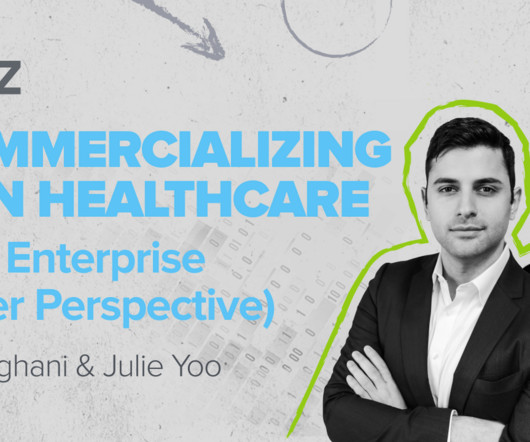Commercializing AI in Healthcare: The Enterprise Buyer Perspective
Andreessen Horowitz
OCTOBER 12, 2023
Positioning the product (with the enterprise buyer in mind) Frame the problem you’re trying to solve In a recent conversation with Daniel Barchi, CIO of CommonSpirit Health, he compared AI software purchasing to buying a car with lane assist technology. That ultimate user could be a physician or a specific administrative team member.














Let's personalize your content